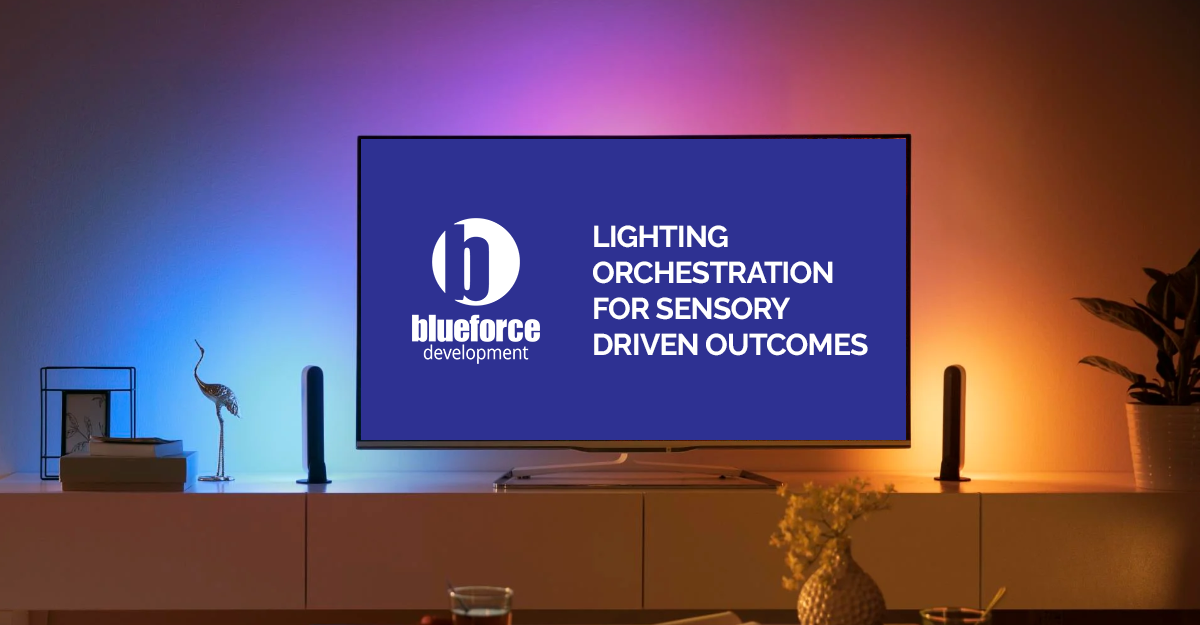
Sensory Orchestration for Retail: Blueforce Announces Phillips Hue Plugin for BlueforceEDGE
Sensory orchestration in retail refers to the use of various sensory elements such as lighting, sound, fragrance, and temperature to create a desired atmosphere and enhance the customer experience in a retail setting. It is a form of retail design that is used to create an emotional connection between the customer and the brand, and to influence customer behavior. The goal of sensory orchestration is to create an immersive and memorable shopping experience that will encourage customers to return.
Light can influence how we react to certain settings and situations. Not only does light create visual effects, but it also has biological and psychological effects that impact our mood, emotions, and behaviors which can have a significant impact in a retail setting. Different types of lighting can create different moods and atmospheres and can affect how customers perceive products and the overall shopping experience.
For example, warm lighting can create a cozy and inviting atmosphere, while cool lighting can create a more modern and high-end atmosphere. Bright lighting can make products and colors appear more vibrant, while dim lighting can create a more intimate and relaxed atmosphere. Different colors of lighting can also evoke different emotions; warm colors like yellow and orange can create feelings of warmth and comfort, while cool colors like blue and green can create feelings of calm and tranquility.
Lighting can also be used to draw attention to specific products or areas in the store, such as spotlighting a featured item or using accent lighting to highlight a specific product or display. Lighting plays a crucial role in shaping the customer’s perception of a store and it’s products, and it can be used to influence their behavior and decision-making.
Lighting, sound, fragrance, and audio are cornerstone platform elements for Blueforce orchestration and our partnership with Samsung Display and is yet another tool in our toolbox wrapped around our deep platform support for Samsung MagicINFO CMS. We are proud to announce our new Phillips HUE Plugin for BlueforceEDGE. Now, any standards-based sensor and/or group of sensors can cue this plugin to create sensory driven experiences tied to outcome specific content displayed on MagicINFO enabled Samsung displays.
The new Phillips HUE Plugin for BlueforceEDGE is now available to beta testers. Contact us at info@blueforcedev.com, or fill out our CONTACT ME form on blueforcedev.com.


